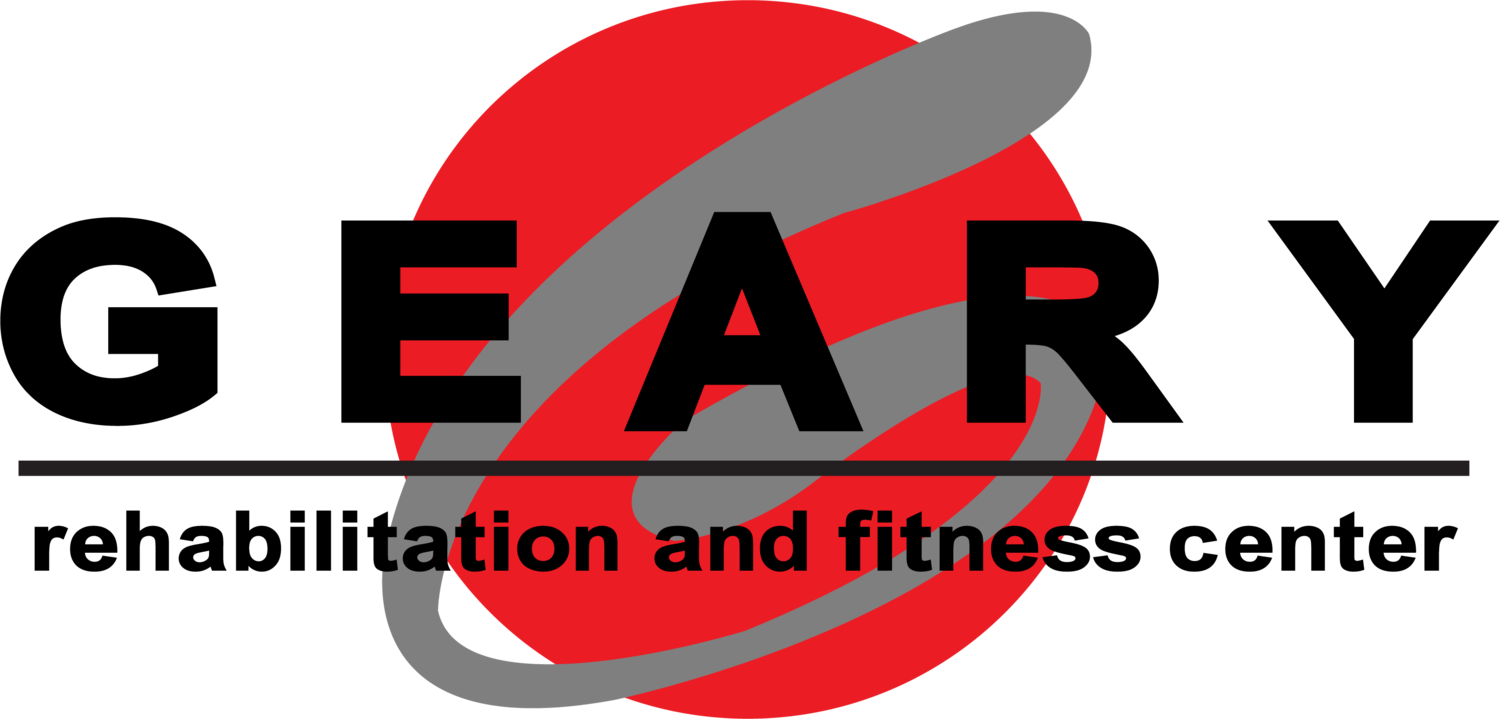12 Ways Physical Therapy Helps You Move Better & Feel Better
Physical therapy is often thought of as something you do only after surgery or a major injury—but it’s so much more than that. Whether you’re recovering, managing long-term pain, or simply looking to move better in your daily life, physical therapy can help restore strength, mobility, and confidence in your body.
Below are 12 key benefits of physical therapy — and how they support your health long-term.
1. Reduces or Eliminates Pain
Therapeutic exercises and manual techniques can help decrease inflammation, relieve muscle tension, and retrain your movement patterns. Many people are surprised to learn that pain often comes from how the body compensates—not just where it hurts.
2. Improves Balance, Coordination & Strength
Physical therapy strengthens the core muscles that help you stand, walk, lift, and move safely. This is especially helpful for preventing falls, supporting healthy aging, and staying active at work or play.
3. Boosts Breathing, Endurance & Heart Health
Movement is fuel for your cardiovascular and respiratory systems. Therapy helps build stamina for everyday activities—from getting groceries into the house to running a 5K.
4. Supports Wound & Tissue Healing
After an injury, surgery, or strain, proper movement and circulation are essential for healing. PT promotes optimal tissue repair and reduces scar tissue limitations that can lead to stiffness later.
5. Restores Natural Movement Patterns
Physical therapy focuses on how the body moves as a whole. Restoring proper gait and joint function helps you move smoothly and comfortably—whether that means walking across your living room or running a marathon.
6. Speeds Recovery After Surgery, Illness, or Injury
Rehabilitation builds strength and flexibility safely and effectively. A guided recovery plan reduces downtime, protects healing structures, and helps you return to your normal activities with confidence.
7. Offers Alternatives to Surgery & Long-Term Medication
In many cases, conservative treatment and movement therapy can reduce or eliminate the need for surgical intervention or ongoing pain medication. It’s a proactive approach to long-term wellness.
8. Helps Prevent Future Injuries
Therapists identify and address the root causes of movement limitations—not just the symptoms. Improving posture, muscle balance, and movement efficiency reduces the likelihood of repeated injuries.
9. Enhances Fitness & Sport Performance
Whether you’re an athlete, a weekend warrior, or someone who wants to feel more capable during daily activities, PT helps optimize mobility, strength, and movement mechanics for better performance with less strain.
10. Reduces Swelling & Joint Inflammation
Gentle targeted mobility, strength, and manual therapy help reduce stiffness and swelling, improving comfort and range of motion in daily life.
11. Improves Posture & Body Mechanics
Modern life puts a lot of strain on the back, neck, and shoulders. PT helps retrain posture, strengthen supporting muscles, and teach efficient movement patterns — so your body works with you, not against you.
12. Supports Long-Term Wellness
This is about sustainability. A preventative PT approach aligns your movement, lifestyle, and strength so your body stays resilient — not just this month, but for the years ahead.
So… When Should Someone Consider Physical Therapy?
It might be time to talk with a therapist if you notice things like:
That shoulder pain when you reach, throw, or lift
Your back acting up “every once in a while” (that’s your sign right there!)
Lingering pain from an old sports injury
Recovery after sprains, strains, or falls
Stiffness getting out of bed or out of the car
Knees or hips feeling “weak” or shaky
A recent surgery or planned upcoming procedure
A child who needs help with strength, speech, or development
Feeling like your body is working harder than it should just to move
Even small pain or “annoying tightness” is your body asking for help before it becomes something bigger.
If something has been bugging you (even a little) we’re here to help you understand it and move forward with confidence. Call us or stop by to schedule a quick evaluation. Let’s figure out what’s going on — and what’s possible — together.

